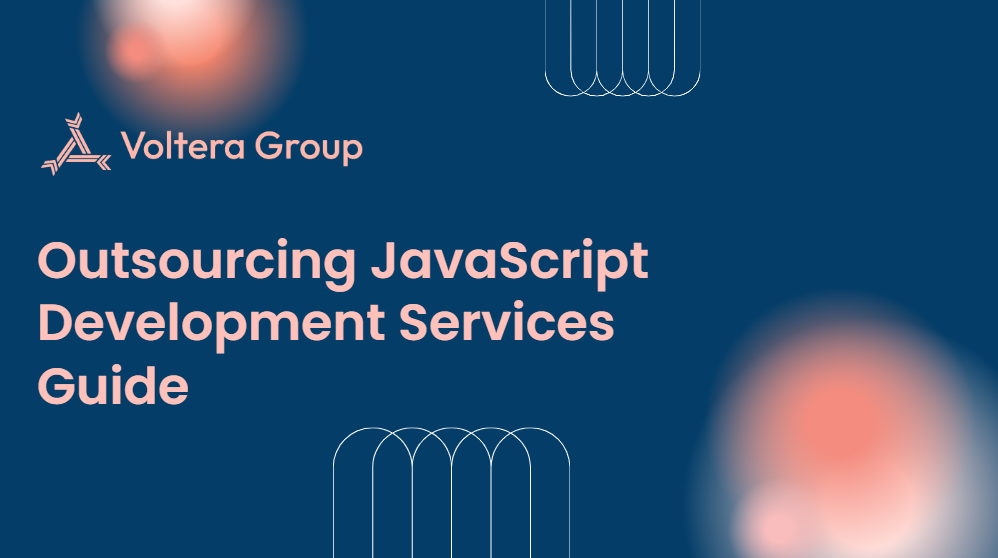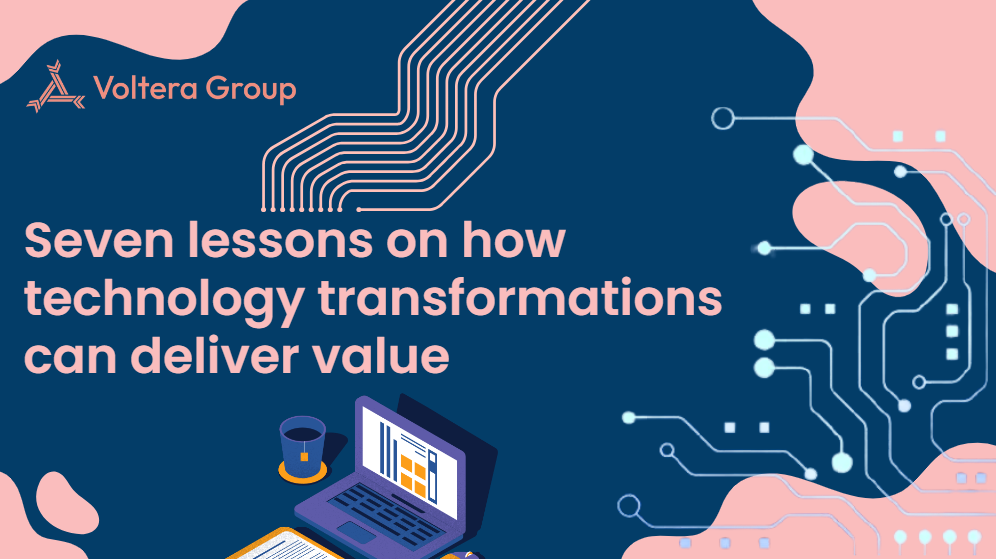Data Pipeline Services (ETL) The Engine of Modern Business Analytics
Our data pipeline as a service automates the entire data journey – from extracting raw information across multiple sources and applying business logic and quality rules during transformation – to loading clean, standardized data into target systems. This includes real-time ETL pipelines for organizations requiring immediate data processing and streaming analytics to enhance decision-making speed.
Data Pipeline Solutions (ETL)
01
Enterprise Pipeline Architecture
We create comprehensive data flow blueprints and ensure scalable infrastructure with support for distributed computing and cross-platform synchronization.
02
Real-time Streaming
We process data instantly as it arrives by using event-driven architectures and message queues like Kafka or RabbitMQ to handle continuous data flows. This approach powers sophisticated stream processing pipelines.
03
Cloud ETL Services
We leverage cloud platforms' native services to perform data transformations using tools like AWS Glue or Azure Data Factory. These services enable serverless data workflows and hybrid platforms for seamless cloud and on-premise integration.
04
Distributed Processing
We spread data processing workloads across multiple nodes by implementing technologies like Spark or Hadoop. This ensures high availability for advanced analytics pipelines and other ETL processes.
05
ML Data Preparation
We automate the cleaning and feature engineering of data for machine learning models. This machine learning data preparation focus accelerates model development and enhances overall pipeline efficiency.
06
Multi-source Integration
We combine data from various sources into a unified view by implementing connectors and transformation logic that standardizes different data formats. These pipelines are critical for comprehensive data observability.
Don't just observe—take decisive action.
ETL Pipeline for Industry Solutions
E-commerce Intelligence
Captures user interactions, purchase history, and browsing patterns Provides dynamic pricing and recommendation capabilities Creates comprehensive customer profiles for personalized marketing
Financial Data Processing
Processes high-frequency transaction data in real-time Implements fraud detection algorithms on streaming data Maintains risk assessment and credit scoring systems
Manufacturing Analytics
Collects real-time IoT sensor data from production lines Aggregates performance metrics for quality control Integrates maintenance schedules with production data
LLM Agent A
State-Of-Art Automation (Scheme)
LLM is not only the possibility to chat and get a wide range of information, but it's also the possibility to retrieve your local data from databases, docs, and spreadsheets. With advanced LLM Agents—a core part of generative AI as a service—you can automate your routine processes, streamline client communication, or implement your start-up ideas.

Tired of waiting for insights?
Technologies of Artificial Intelligence and Machine Learning
Data Pipeline (ETL) Process
We create a continuous cycle of improvement and validation, where each step builds upon the previous one while preparing for the next. The key focus throughout is automation and proactive quality control, ensuring data moves reliably from source to destination.
Source Identification
01
We identify and validate data sources by establishing connection protocols and access patterns for consistent extraction.
Automated Extraction
02
We design and implement automated extraction mechanisms tailored to each source's specific characteristics and requirements.
Quality Validation
03
We validate incoming data against predefined rules and business logic to ensure integrity before processing begins.
Transformation Logic
04
We create and optimize transformation logic to convert raw data into business-ready formats aligned with organizational needs.
Integration Mapping
05
We define target system requirements and establish data mapping schemas to ensure successful integration across platforms.
Workflow Validation
05
We verify the entire data flow through automated testing scenarios and performance benchmarks to guarantee reliability.
Data Pipeline Implementation Challenges
Data Inconsistency
We implement standardized validation rules and automated reconciliation checks across all data touchpoints to ensure uniformity.
Cross-System Reconciliation
We deploy smart matching algorithms and automated conflict resolution mechanisms for effective cross-system data alignment.
Performance Optimization
We optimize processing frameworks with parallel execution and memory-efficient streaming capabilities to meet real-time requirements.
Cost Management
We utilize cloud-native services and automated resource scaling to optimize operational expenses while maintaining performance.
Advanced Data Pipeline Capabilities
Intelligent Extraction
We implement smart crawlers and APIs that automatically detect and pull data from various sources without human intervention.
Adaptive Transformation
We create self-optimizing workflows that learn and adjust transformation rules based on data patterns and business requirements.
Cross-Platform Synchronization
We enable real-time data mirroring across different platforms while maintaining consistency and resolving conflicts automatically.
Dynamic Scaling
We develop systems that automatically adjust processing power based on data volume and velocity demands for consistent performance.
Competitive Advantages with Our Gen AI Services
Frequently Asked Questions
How do you implement validation and cleansing in complex, multi-source ETL pipelines?
We implement automated validation rules at both source and transformation layers, using standardized quality frameworks that check for completeness, accuracy, and consistency across all data sources. Our approach deploys intelligent cleansing mechanisms that detect and correct anomalies based on historical patterns and business rules while maintaining detailed audit logs of all modifications for transparency and governance.
How can we optimize our data pipeline for minimal latency while maintaining data integrity?
We implement parallel processing with streaming capabilities for high-priority data flows while using batch processing for less time-sensitive operations. Our architecture uses memory-efficient caching mechanisms and optimized transformation logic to reduce processing overhead while maintaining checkpoints and validation gates at critical stages, ensuring both performance and reliability throughout the pipeline.
How do you approach incremental data loading versus full refresh in enterprise data pipelines?
We design hybrid loading strategies that use change data capture (CDC) for incremental updates while scheduling periodic full refreshes for data consistency validation. Our approach implements intelligent detection mechanisms that automatically choose between incremental and full refresh based on data volume, change patterns, and system resource availability to optimize both performance and accuracy.
How do we design data pipelines that adapt to changing business requirements?
We create modular pipeline architectures with loosely coupled components that can be modified independently, using configuration-driven transformations rather than hardcoded logic. This approach implements versioning and metadata management systems that track all changes and automatically adjust processing rules based on source modifications or business requirement updates without requiring complete pipeline rebuilds.
What is the difference between streaming and real-time data pipelines?
Streaming data pipelines continuously process information in small batches or individual records as they arrive, focusing on maintaining constant flow without guaranteeing immediate processing. Real-time data pipelines guarantee near-instantaneous processing with strict latency requirements (typically milliseconds), making them essential for time-critical applications like fraud detection or trading systems where delays could have significant business impact.
How long does it take to build an automated data pipeline?
Building an automated data pipeline can take anywhere from a few days to several months, depending on its complexity, data volume, and the tools being used. Simpler pipelines with well-defined sources and destinations are implemented more quickly, while complex ones involving sophisticated transformations, real-time processing, or multiple integrations require more comprehensive development and testing periods.
What is a data pipeline platform and how does it connect with dataflow pipelines?
A data pipeline platform is a comprehensive tool or framework that automates the process of collecting, transforming, and transferring data between systems or storage solutions. A dataflow pipeline, which handles the actual movement of data through defined processing steps, is built and managed on this platform, making it the core operational component that executes the data movement and transformation logic.



